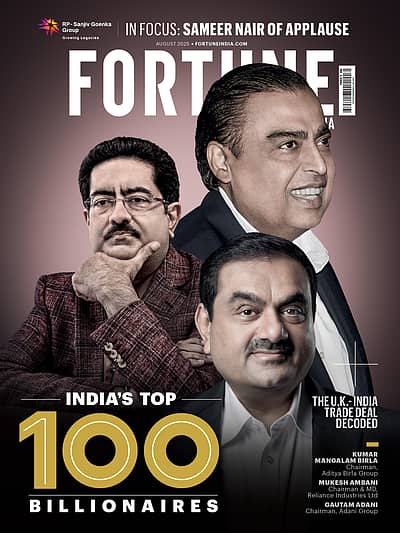Piyush Goyal in U.S.: India and U.S. push for landmark trade deal even as tariff battle heats up
ADVERTISEMENT

Even as global trade enters turbulent waters with U.S. President Donald Trump imposing high tariffs on goods imported from Canada, Mexico, and China—and those countries announcing retaliatory tariffs on American goods—Commerce Minister Piyush Goyal has begun talks with U.S. Commerce Secretary Howard Lutnick for an early India-U.S. trade deal.
A mutually beneficial agreement that addresses Trump’s concerns over the high trade deficit with India in bilateral trade is expected to minimise the impact of the tariff measures that Trump has threatened against India as well.
“We wish both governments success in their negotiations and urge both sides to leverage the trade relationship for shared growth. Meaningful trade facilitation through a sweeping bilateral trade deal is long overdue and would be instrumental in boosting the GDPs of both America and India while binding our two mighty economies closer together,” Atul Keshap, President of the U.S.-India Business Council (USIBC) of the U.S. Chamber of Commerce, said.
August 2025
As India continues to be the world’s fastest-growing major economy, Fortune India presents its special issue on the nation’s Top 100 Billionaires. Curated in partnership with Waterfield Advisors, this year’s list reflects a slight decline in the number of dollar billionaires—from 185 to 182—even as the entry threshold for the Top 100 rose to ₹24,283 crore, up from ₹22,739 crore last year. From stalwarts like Mukesh Ambani, Gautam Adani, and the Mistry family, who continue to lead the list, to major gainers such as Sunil Mittal and Kumar Mangalam Birla, the issue goes beyond the numbers to explore the resilience, ambition, and strategic foresight that define India’s wealth creators. Read their compelling stories in the latest issue of Fortune India. On stands now.
USIBC pointed out that U.S. and Indian businesses have invested in each other’s countries without a formal investment or trade framework for a long time. “India represents only 2.5% of America’s trade volumes, and that number can and should increase substantially. Now, both sides should work with focus to formalise a level playing field, full and open market access, swift dispute arbitration, and predictable tax and regulatory policies to boost investment, growth, and job creation in both countries,” Keshap said.
The Office of the United States Trade Representative (USTR), in its annual review of trade barriers faced by U.S. companies in different jurisdictions, identified high applied tariffs on a wide range of goods—especially agricultural products—high basic customs duties on drug formulations, and a 10% surcharge on imports as key tariff barriers imposed by India. In the past, it has also accused India of imposing non-tariff barriers, including an opaque and unpredictable nature of quantitative import restrictions, an onerous process for obtaining import licenses for remanufactured goods, customs barriers, and price controls on medical devices.
Equity research firm Nomura says India’s approach in bilateral talks will be to clinch a broader trade and investment deal with the U.S. while offering tariff cuts on some products like pork, high-end medical devices, and luxury motorcycles, along with significant concessions, including production-linked incentives for shipping and support for logistics companies. India will also agree to import more defense equipment, aircraft, oil & gas, technology, and medical & diagnostic equipment from the U.S. to address American concerns over the trade deficit, the firm said.
Fortune India is now on WhatsApp! Get the latest updates from the world of business and economy delivered straight to your phone. Subscribe now.
